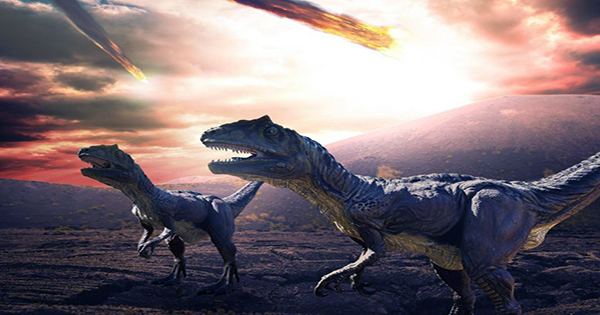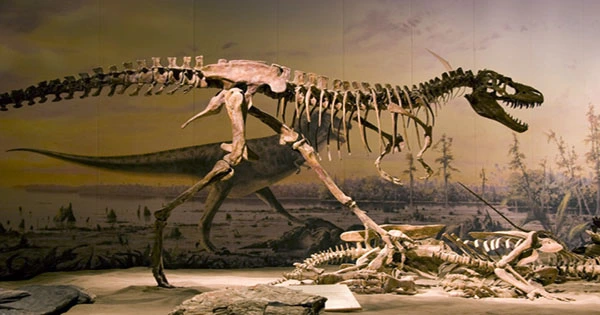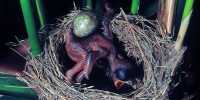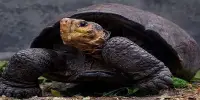We have a good understanding of what it’s like to get sneezed in the face by a dinosaur thanks to Jurassic Park. But did these archaic colossi contract respiratory illnesses such as the common cold? According to a new study, evidence of respiratory infection was discovered in the fossilized remains of a 150 million-year-old dinosaur. The findings, which were published in the journal Scientific Reports, were attributed to a diplodocid named “Dolly.” Dolly, being a sauropod, had a long neck, which is where the study’s researchers observed something interesting.
They spotted never-before-reported bony protrusions protruding out from three of the vertebrae that would’ve sat beneath the skull while working at the Great Plains Dinosaur Museum in Malta. Surprisingly, the strange protrusions were found where Dolly’s broader respiratory system’s air sacs would have entered the bone. Here’s a refresher on sauropod cervical pneumaticity, an evolutionary stage that’s supposed to have been a necessary precursor to neck elongation in dinosaurs like Dolly. It featured air-filled sacs entering the vertebrae, similar to the configuration observed in modern-day birds’ pneumatic bones, which helps them fly by making their bones lighter.

Breathing into your bones effectively made holding up your long neck simpler, but it may have had drawbacks. Dolly’s odd bony protrusions in her cervical vertebrae would have connected to her lungs, and CT imaging revealed that they were made up of an aberrant structure that grew in reaction to a respiratory infection.
The exact nature of the infection is unknown, but the researchers speculated that it could have been a fungal infection comparable to aspergillosis, which still affects birds and reptiles today. “Holding these sick bones in your hands, you can’t help but feel terrible for Dolly, given the likely symptoms this animal suffered from,” lead author Cary Woodruff said in a release. “We’ve all had these symptoms — coughing, difficulty breathing, fever, and so on – and here’s a 150-million-year-old dinosaur who was probably just as uncomfortable as we are when we’re sick.”
Dolly is having a bad day, but science is celebrating since this is the first time a non-avian dinosaur has been diagnosed with a respiratory ailment. It not only elucidates the mechanics of sauropods’ long, pneumatic necks, but it also elucidates the types of sniffles they experienced during the Mesozoic Era’s Late Jurassic Period. “Not only does this fossil infection in Dolly help us track the evolutionary history of respiratory-related diseases back in time,” Woodruff continued, “but it also helps us understand what kinds of diseases dinosaurs were susceptible to.”















